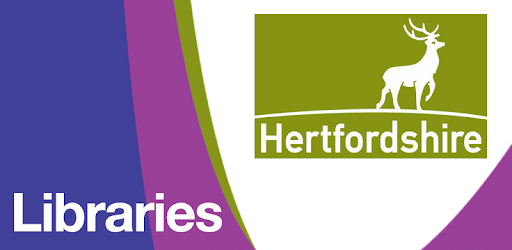What can I do to help at home?
There are lots of things that you can do at home together to support reading. We have put together some useful information to help develop the key skills.
Reading books
Choosing reading books that provide the right level of challenge is vital in supporting children’s development and enjoyment of reading.
When making this choice, we aim to choose books where approximately 5% of the vocabulary is unfamiliar. Children should read fluently and with intonation and they should be confident in answering a variety of questions about the book they have read.
The book band that matches the age-related expectations for the end of Year 5 is Sapphire.
You can access ebooks that match our school’s book bands from the websites of these publishers:
Collins Big Cat: Follow this link and click on the teacher portal.
Use the following details to login:
Username: parents@harpercollins.co.uk
Password: Parents20!

Oxford Owl: Simply follow this link. There is no username or password required.
If you would like to move on to books from the next book band you are free to do so. We will assess each child carefully on their return to school.
You can borrow ebooks and audiobooks from Hertfordshire Libraries using the BorrowBox app, your library card number and your PIN. Follow the link for details.
Curriculum Visions is an online library of books and resources covering a host of topics. The password has been shared via letters and the spring newsletter.
Stories entertain. They teach. They keep young minds active, alert and engaged. Audible have made a selection of audiobooks available for free through this link.
What does it mean to be reading at the expected standard?
The following statements describe the age-related expectations for the end of Year 5. These statements focus on key aspects of reading.
The Year 5 child can:
- read age-appropriate books with confidence and fluency (including whole novels)
- read aloud with intonation that shows understanding
- work out the meaning of words from context, checking that the text makes sense
- predict what might happen from details stated and implied
- summarise main ideas identifying key details
- retrieve information from non-fiction
- explain and discuss their understanding of what they have read, drawing inferences and justifying these with evidence
- make comparisons between the book they are reading and other books they have read
- evaluate how authors use language, beginning to consider the impact on the reader
Securing each of these standards requires the preceding standard to have been met. This progression is shown in the following document:





